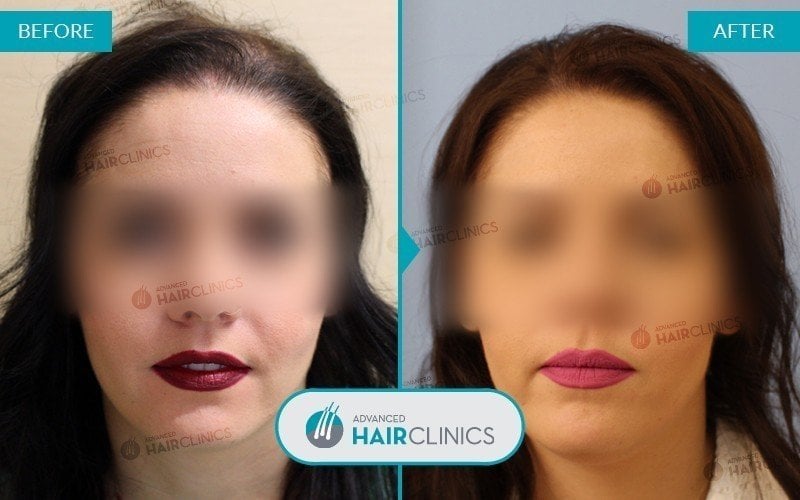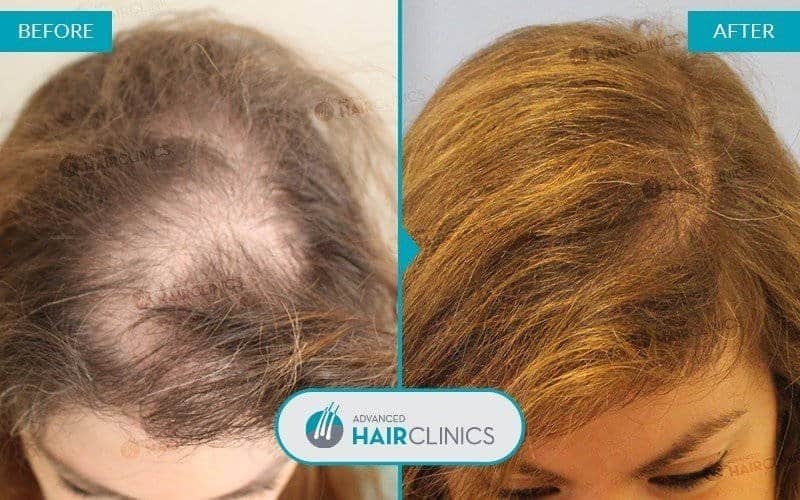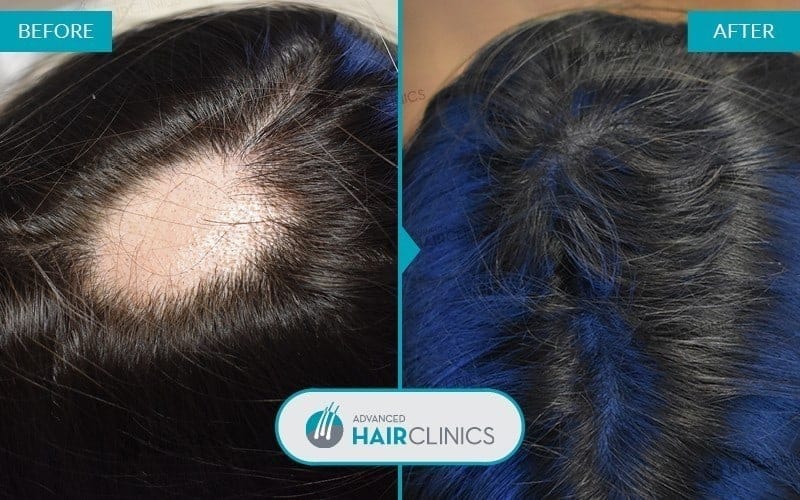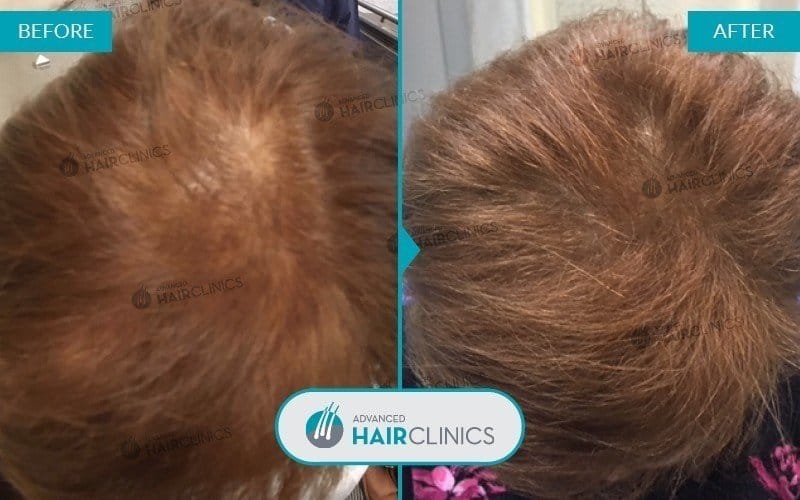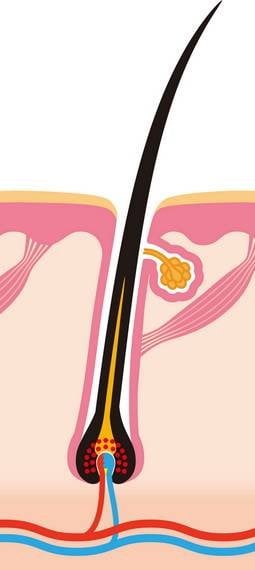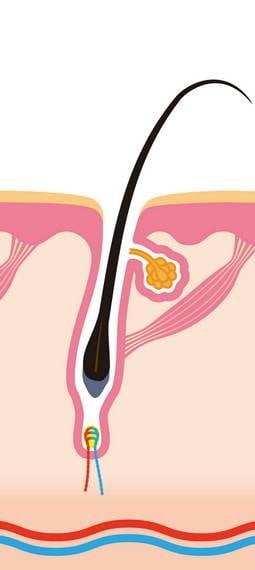Female Hair Loss
Female hair loss is a major problem for women, regardless of age. Generaly talking, a woman who loses more than 150 hairs a day does suffer from female hair loss and should seek treatment.
The most common ages for the onset of female hair loss are puberty, the postpartum period, and menopause. In all three cases, the psychological stress caused by female hair loss is intense, as hair has always been a crucial element of femininity and beauty.
The causes of female hair loss vary and may be either normal or pathological. Normal hair loss is a seasonal phenomenon that occurs mainly during autumn. It is estimated that all women will experience some degree of hair loss at some stage of their lives.

Types of alopecia in women
Treatment options
Diagnosis
Diagnosis starts by taking the patient’s history, performing blood and hormonal tests, phototrichogram, or even with skin biopsy, depending on the type of hair loss. The prognosis depends on the type. Generally, the prognosis for diffuse hair loss in women of childbearing age is better than for men, as the female hormones act protectively. In case that female hair loss is due to underlying causes, the latter’s elimination leads to treatment e.g. with increased iron intake, improved diet, and avoidance of stress.
At Advanced Hair Clinics, each case of female hair loss is treated individually, starting with the correct diagnosis and resulting in the appropriate treatment that is different for everyone. Our clinic is one of the most specialised clinics in the treatment of female hair loss having extensive experience that counts thousands of cases in Greece and abroad, from Europe to the Middle East.

Medication
Minoxodil (2%), an FDA approved medication for hair loss, rejuvenates and enhances blood flow around shrunken hair follicles, leading to their increase in size, and causing their thickening. Furthermore, it extends the growth phase of hair follicles and encourages hair regrowth. Minoxidil lotion is applied once or twice per day. It stimulates the local blood flow in the region that exhibits alopecia, resulting in the growth of hair.
The main side effects are the irritation, erythema, oily hair and skin peeling, but they can be resolved once the dose is appropriately adjusted. Finasteride must be given only during menopause. It is an anti-androgen and it can be taken as follows: 1mg/day.

Hair transplant
Hair transplantation offers an optimum solution to many cases of female hair loss. It is applied for androgenetic alopecia and other types of diffuse or cicatricial hair loss.
Advanced Hair Clinics is specialised in clinical treatment of both male and female hair loss. The medical team of Advanced Hair Clinics applies FUE hair transplant method which leaves no scars, causes no pain, does not require stitches and gives a perfectly natural result.
In the majority of female hair loss restoration cases, Unshaven FUE method is applied. As the scalp is not shaved, there is no indication that the patient has undergone hair transplantation. The patient can return to her normal activities with no delay.

RESULTS
Hair loss treatment & Hair Transplantation
WHAT IT IS
The life cycle of hair
The hair life cycle consists of the anagen, catagen and telogen phases. Female hair loss occurs when there is a rapid transition from the anagen phase to the catagen phase and then to the telogen phase.
In the scalp, 95% of the hair is in the anagen phase, which lasts several years, while the catagen and telogen phases last a few months. In some forms of female hair loss, the anagen phase lasts only a few months. A daily loss of 100-150 hairs is normal and does not constitute female pattern hair loss.
The loss of these catagen hairs occurs mainly during shampooing and combing and does not necessarily indicate female pattern hair loss. A woman should seek hair loss treatment if she loses more than 150 hairs per day.
-

1. Anagen phase
-

2. Catagen phase
-

3. Telogen phase
Alopecia DNA test
A total of almost 500 different DNA regions are being tested and analyzed, providing significant information regarding the underlying genetic predisposition to hair loss.

